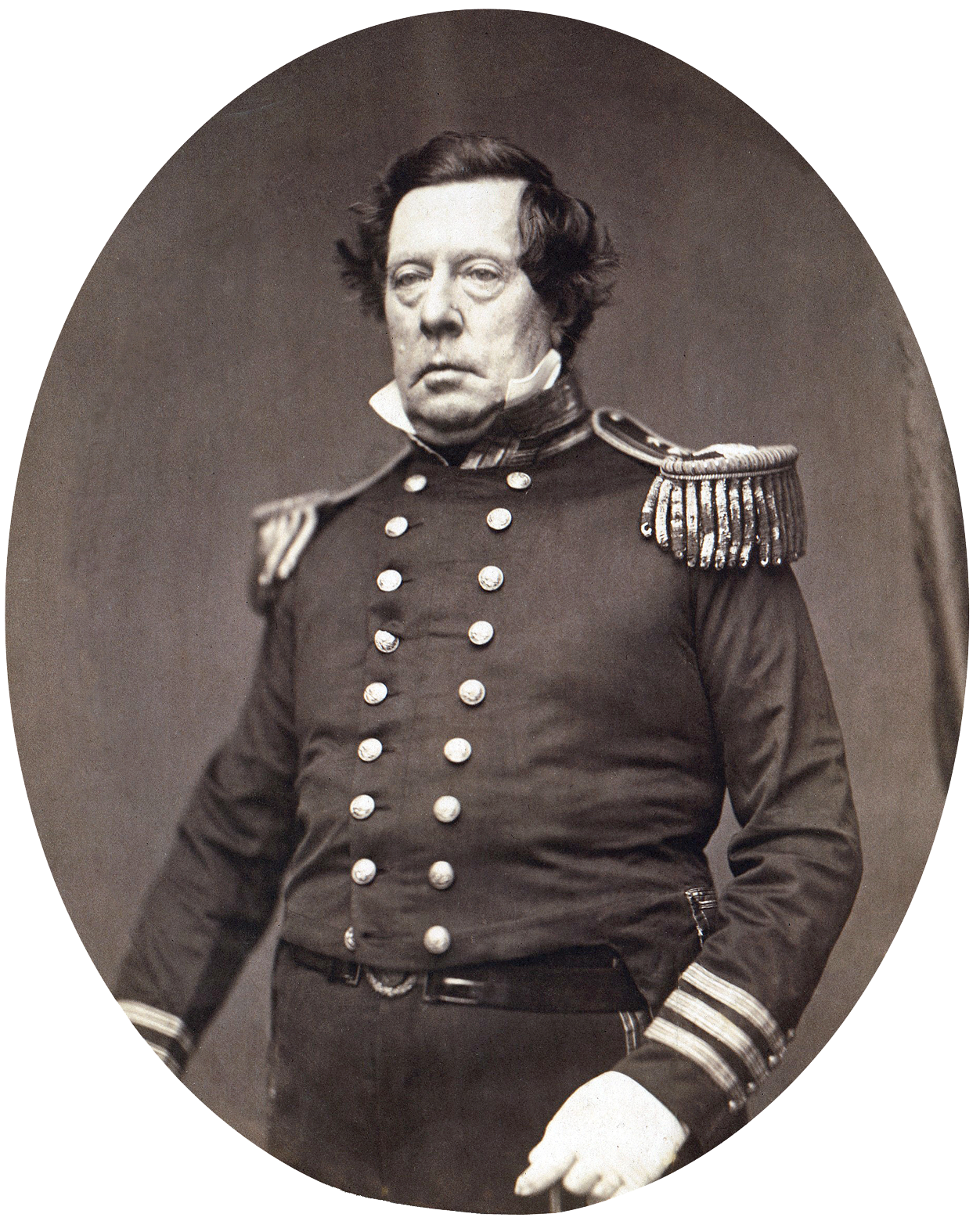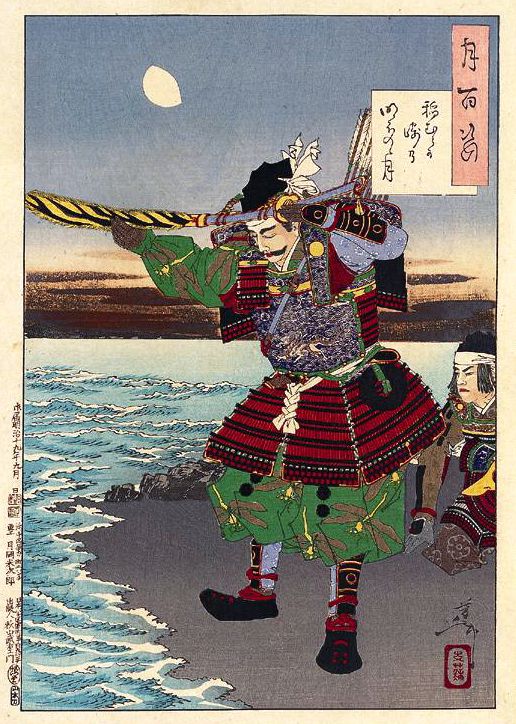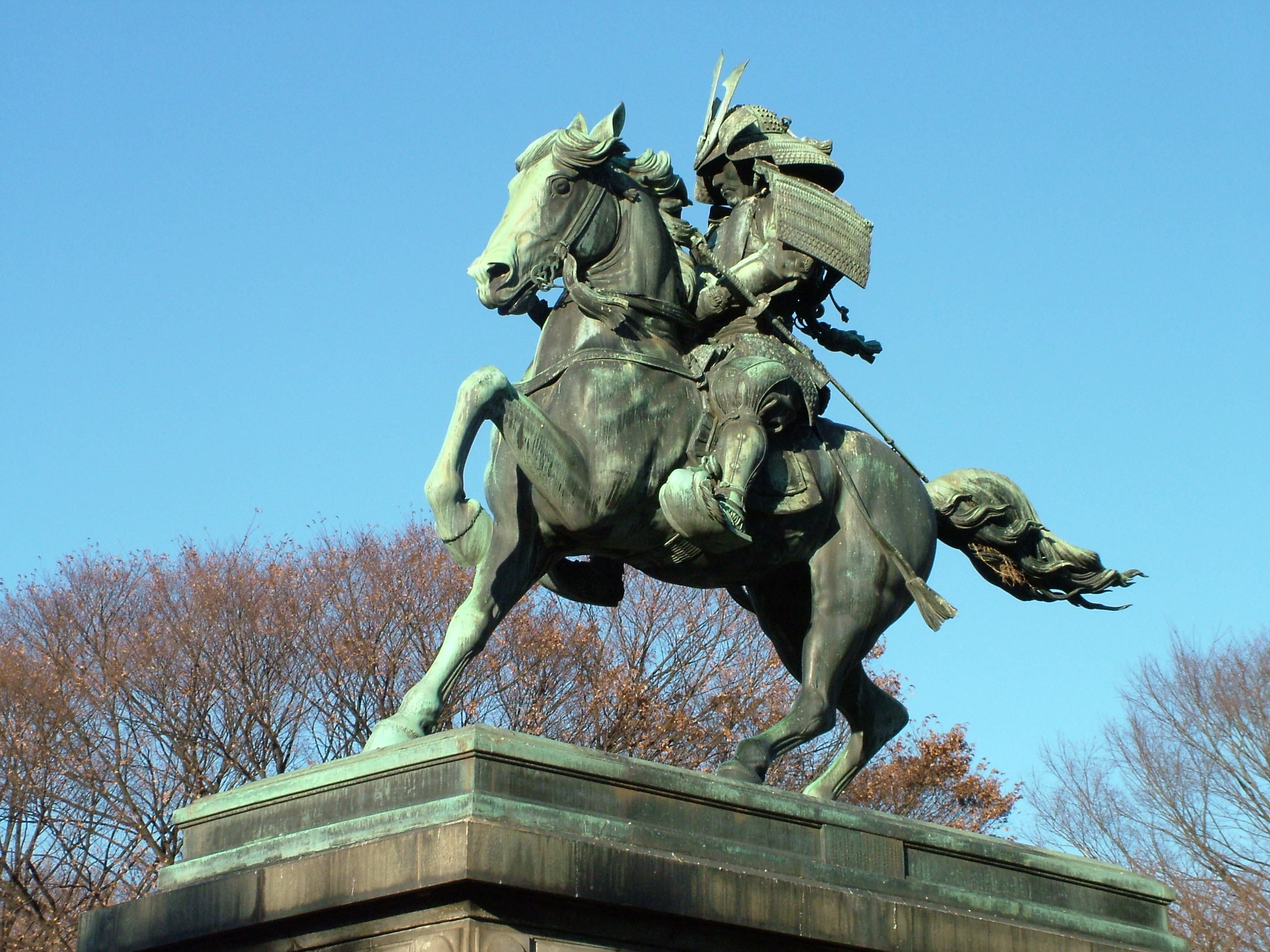Bakumatsu, Part 2: Blood in the Streets
After the assassination of Ii Naosuke, political violence became a new norm. The Shogunate was deeply troubled when a rebellion began in its own backyard of northern Kanto, in Mito Domain.
After the assassination of Ii Naosuke, political violence became a new norm. The Shogunate was deeply troubled when a rebellion began in its own backyard of northern Kanto, in Mito Domain.




Throughout the 1840s, various groups sought to find solutions to repeated violations of sakoku and questioned the ability of the shogunate to practically defend the country if there was an actual invasion. Many came to very different conclusions.
The Early Edo Period was a time of newfound stability for the formerly chaotic Japanese archipelago. Although the samurai were the official ruling class of the nation, however, in many ways they were not the principle beneficiaries of the new national status quo.
The tenure of Tokugawa Tsunayoshi was marked by a fervent support of Neo-Confucian reforms, some of which were extremely radical and some of which were downright wacky. It was during his reign that the events surrounding the tale of the forty-seven ronin occurred.
The reign of Tokugawa Iemitsu proved to be a stabilizing force in Japanese politics, as he defined the duties of the various office-holders throughout the Bakufu which helped make the Edo Shogunate the longest-lasting samurai government in Japanese history.
Shortly after the foundation of the new shogunate, Tokugawa Ieyasu gradually makes his fortified city Edo into the new unofficial political capital of Japan. He needed to proceed carefully, however, to avoid offending the powerful daimyo who still supported young Toyotomi Hideyori.
Ashikaga Yoshimitsu retires… or does he? The Ouchi clan seizes its moment but faces off against the Shogun’s private army – the Hokoshu. We also explore the differences and similarities between the Muromachi Bakufu and the Kamakura Shogunate.
#History #Japan #Podcast #Muromachi #Yoshimitsu #MedievalJapan #Shikataganai









Recent Comments